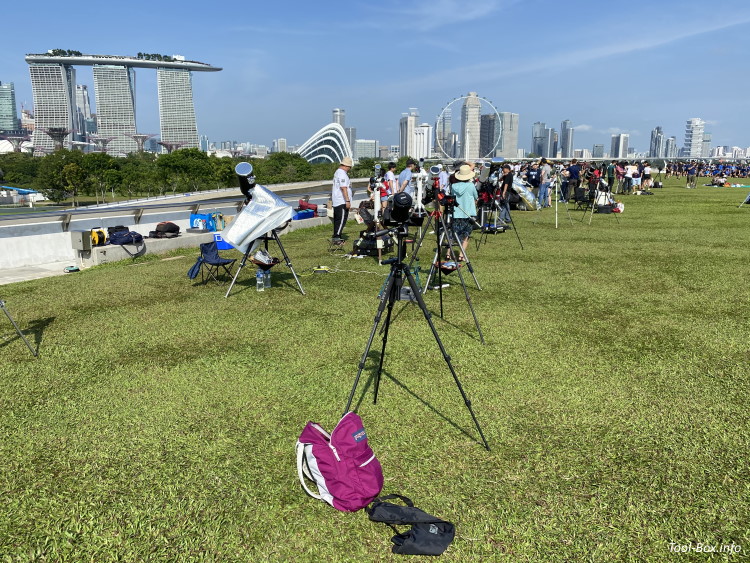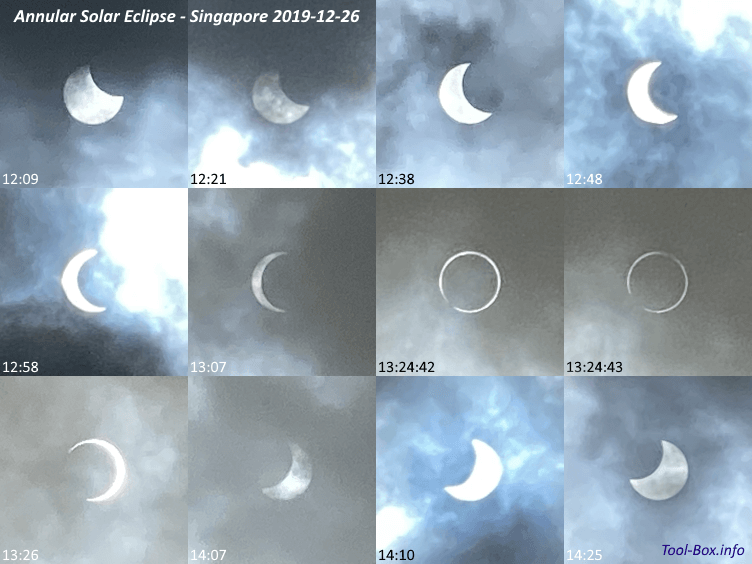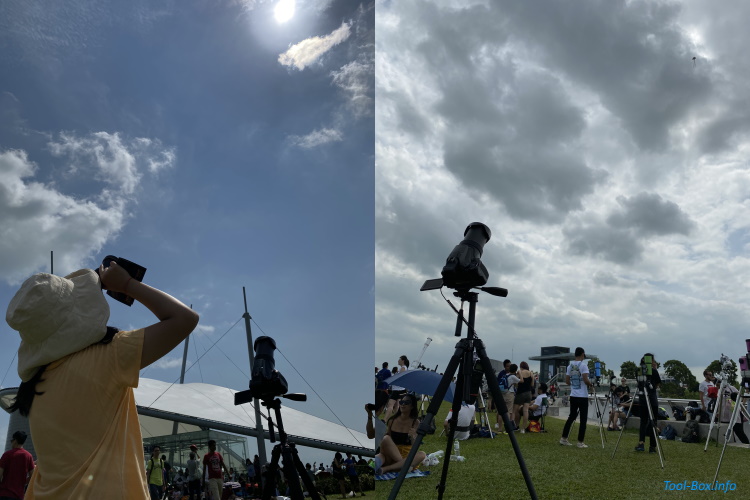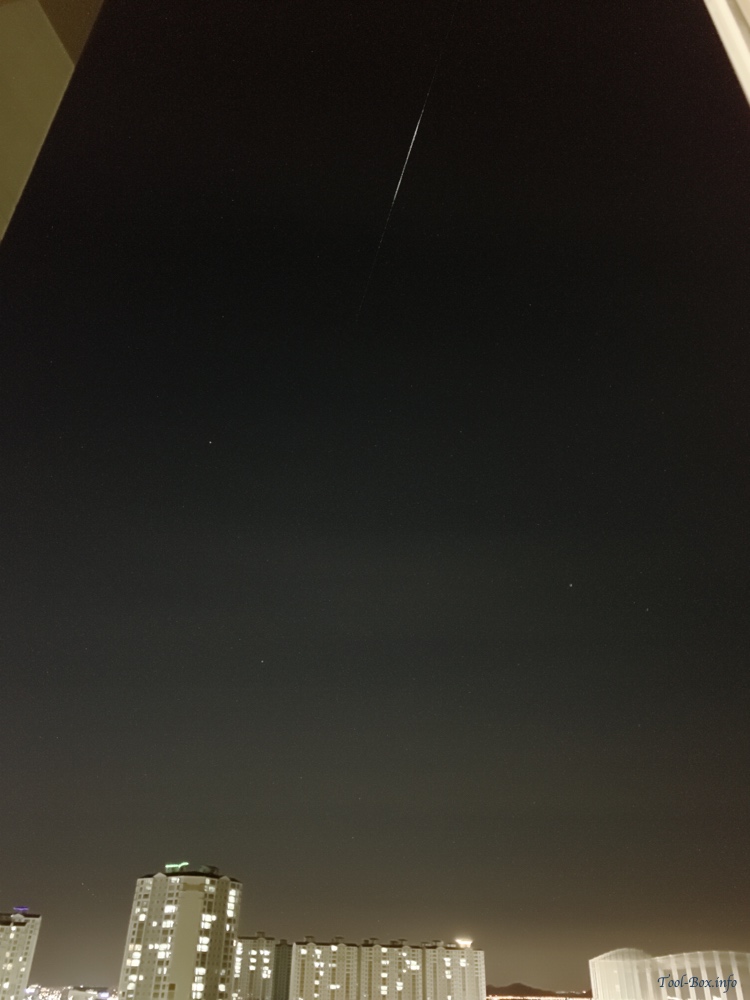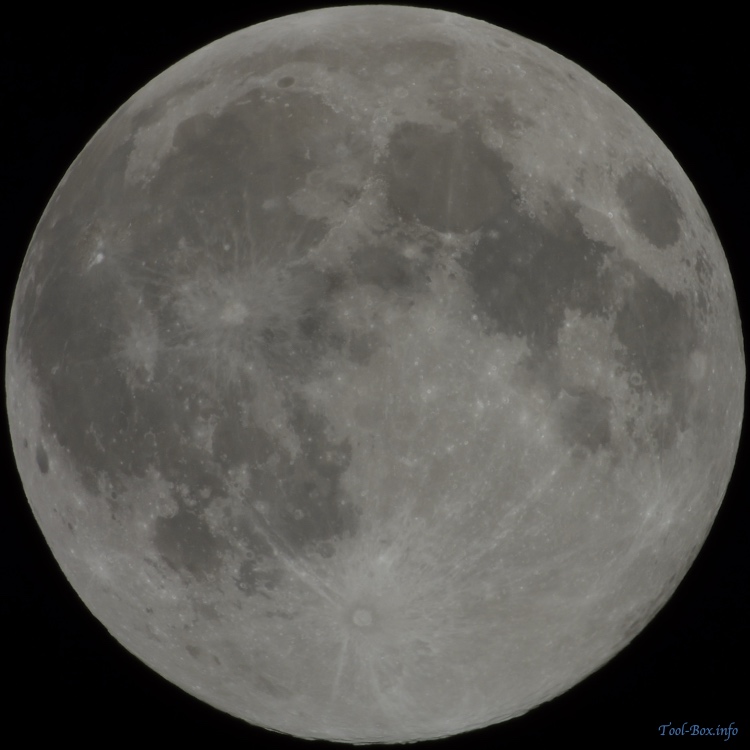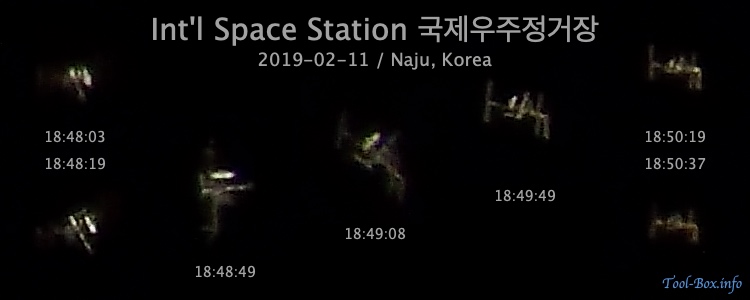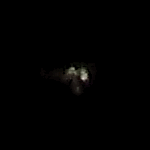Solar eclipse of June 2020
Posted by Wesley on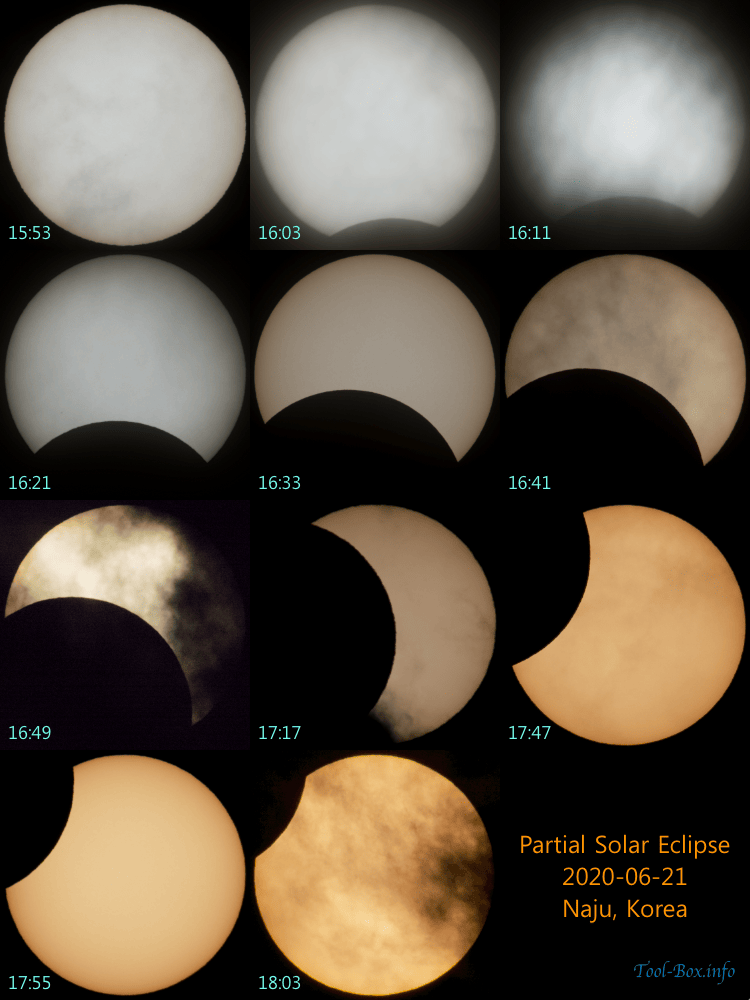
With today's solar eclipse the third visible in Korea in less than two years, the phenomenon felt somewhat common. But there won't be one happening around here for the next ten years so I hoped to catch a good glimpse of it. Sadly, it was pretty cloudy and the Sun was blocked much of the time, making continuous observation from home impossible. I did my best anyway and you can see the progress here, complete with the brush of clouds.
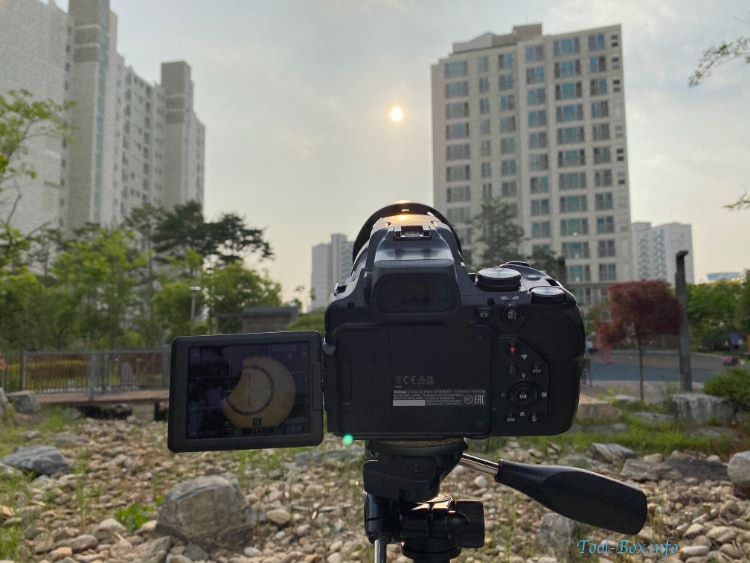
Device: Nikon P1000
Settings: 2400mm - ISO 100 - 1/25-1/250s - f/7.1-8
Filters: None
Time: 2019-06-21 15:53-18:03 KST
Location: Naju, Korea
